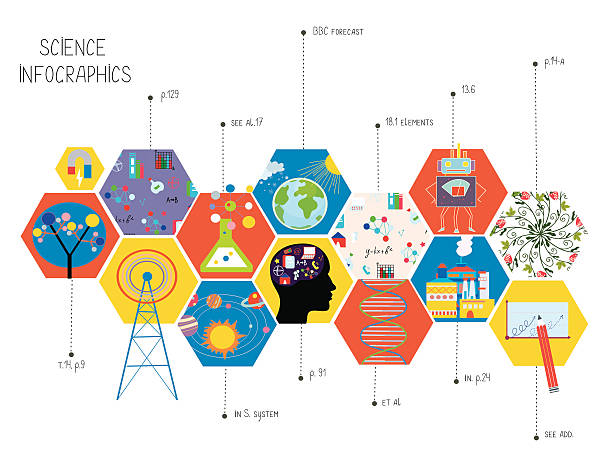
The common perception of young people is that they are entitled, spoiled, tech-addicted, and self-absorbed.
But, as the events of this year have shown, teenagers and young people are fiercely committed, strong, resilient, and determined to leave their mark on the world.
As a retired professor of furniture construction and design at the Ontario College of Art and Design University and owner of a unique company, I am well aware of this. The company specializes in DIY kits for teens and young adults.
My students are largely engaged in the world of technology. When they make furniture, they have learned how to use laser cutters and 3D printers.
Unfortunately, their interactions with these tools involve handing a program file to a service desk and returning hours later to pick up the milled, cut, or layered object.
Bucking Tech
I’ve noticed that a growing number of upper-grade students are creating items using traditional methods and avoiding the hi-tech obsession.
To create finely crafted objects, they use tools such as rulers, saws, and chisels instead of the hands-off method promoted by art institutions.
After being exposed to high-tech, many of them change their direction and embrace a more traditional, hands-on way of learning.
After graduating, these students end up as builders — and are not interested in creating things without some physical input.
This group, after all the Design Philosophy classes and all the Design Theories classes, ends up doing the thing that attracted them to an art and design university in the first instance — making things.
OCAD University is one of the few art and design colleges that celebrates and promotes those who create and build using traditional techniques. They use these items as promotional tools in order to attract new students and justify their institution’s existence.
Students are encouraged to become concept-driven designers in art and design schools. They do not promote the use of their hands. Theorists are rewarded, but not those who create with their hands. Theorists are rewarded, and not those who build things with their hands.
There is also little interest in upper management from the areas that involve hands-on learning. The areas that involve hands-on learning are the ones most likely to be affected by any cuts. Technicians and assistants to classes are usually the first to be cut or suffer from shortened hours.
Less expertise
contract professors are replacing tenure-track, highly qualified faculty in these fields. They have less knowledge and show little interest in spending extra time with students to teach them the valuable lessons they need to become successful creators of works or objects of art.
The fact that design students can find employment where they are able to use concepts learned in a theoretical institution is wonderful. Still, there are not many of these jobs compared with the number of students who graduate each year.
Roarockit was founded by me, a designer and inventor of things who has been frustrated with the trend toward design education.
This is not about concepts and theories. It’s real-life stuff.
Our customers are mostly young people with a passion for creating and designing that is not satisfied by the art and design school of today. We tell them: “Here’s how you can make something.” It’s your job to design, create, and market it. If you make a good product, you will be paid for it.
Our skateboard kits have been used to teach many classes of at-risk kids how to build their boards. Seeing the process was a eureka experience for them. The kids are amazed at what they can do.
Roarockit Kits are a great way to get hands-on. It makes young people, who previously thought of themselves as useless, say, “I can build that and I’m proud of myself.” I’ve made something, marketed it, sold it, and made money.
Some even donate the profits they make to charity.
With the Fourth Industrial Revolution approaching, it is a mistake for us to assume that there will no longer be a need for those who can create, build, and have manual skills. It is a mistake to think that there will be no need for people who can develop, develop, and have manual skills as the Fourth Industrial Revolution approaches.
It is important to keep this in mind when attending art and design classes.
